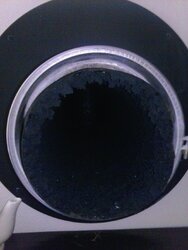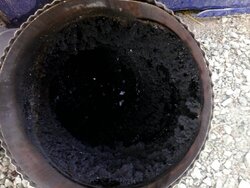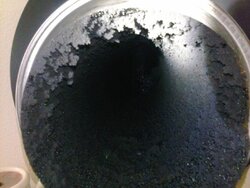So I cleaned my chimney today and this is what it looked like. I cleaned this only 2 months ago before the burning season started. I normally clean it about every 2 months but this is the worst I have seen it in such a short time. Any ideas on what could cause it to build up that fast? It is at the 90 where it exits the house and the outside pipe was not near as bad. I have been burning a lot of Alder this year but the MM says 20% or less so it shouldn't be the wood. I have had lower temp fires until the last 2 weeks so is this such an airflow out - smolder combo type of issue? Any ideas will help. I'm just glad I decided to clean it today.
Chimney creosote question.
- Thread starter tomahawk
- Start date
-
Active since 1995, Hearth.com is THE place on the internet for free information and advice about wood stoves, pellet stoves and other energy saving equipment.
We strive to provide opinions, articles, discussions and history related to Hearth Products and in a more general sense, energy issues.
We promote the EFFICIENT, RESPONSIBLE, CLEAN and SAFE use of all fuels, whether renewable or fossil.




